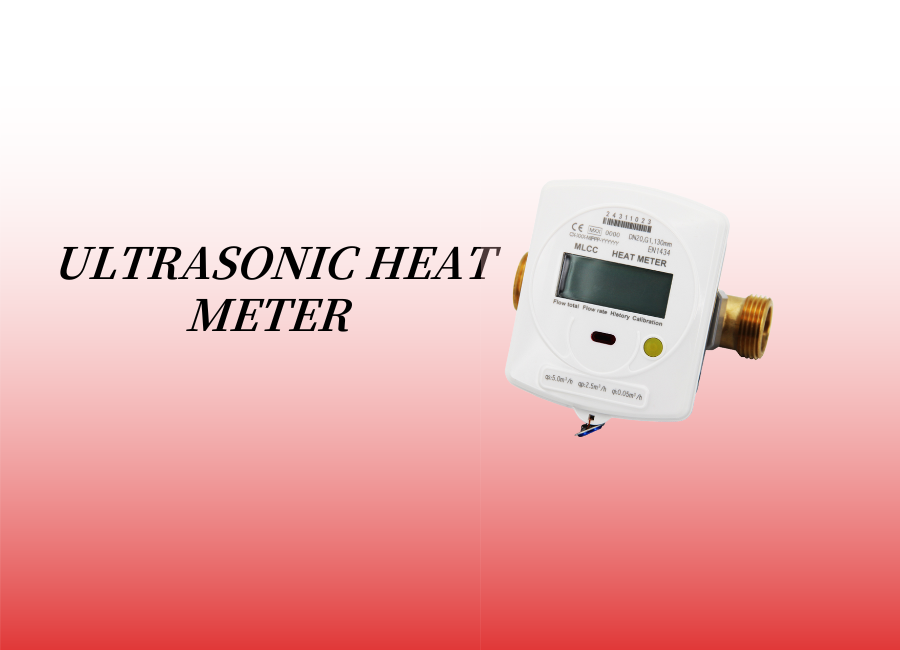In an era of rising energy costs and stringent sustainability goals, accurate energy measurement is no longer optional—it’s a commercial necessity. Ultrasonic heat meters have emerged as a superior technology, offering the precision and reliability necessary for effective energy management and substantial cost savings. But what exactly is their impact?
1.Unparalleled Accuracy for Reliable Data and Fair Billing
The primary advantage of an ultrasonic heat meter lies in its measurement principle. Unlike mechanical meters that rely on moving parts prone to wear and tear, ultrasonic technology uses sound waves to measure flow rate and temperature difference. This results in:
Higher Precision: Significantly reduced measurement errors ensure that every unit of heat is accounted for.
Long-Term Stability: With no moving parts, there’s minimal degradation over time, guaranteeing consistent performance throughout the meter’s lifespan.
For energy suppliers, property managers, and building contractors, this accuracy translates to fair and transparent billing, eliminating disputes and fostering trust with end-users. It provides a solid, defensible data foundation for all financial transactions.
2.Proactive Leak Detection and Operational Cost Reduction
Energy waste, such as undetected leaks in a district heating network or inefficient boiler performance, silently drains budgets. Ultrasonic heat meters serve as a critical diagnostic tool.
By providing granular, real-time consumption data, these meters allow operators to:
Identify Anomalies: Sudden spikes in heat consumption can flag potential leaks or system malfunctions, enabling swift intervention before they escalate into costly failures.
Validate ROI on Efficiency Upgrades: When implementing new insulation or upgrading to a more efficient boiler, the precise data from an ultrasonic meter provides a clear before-and-after comparison, quantifying the actual savings and validating the investment.
3.Enabling Smart Buildings and Optimized Energy Systems
The true power of an ultrasonic heat meter is unlocked when integrated into a modern Building Management System (BMS) or smart grid infrastructure. Features like remote data reading (AMR/AMI) facilitate:
Real-Time Monitoring: Utilities and facility managers can monitor energy consumption across entire networks or buildings from a central dashboard, optimizing energy dispatch and load balancing.
Dynamic System Control: In a smart heating system, data from the meter can automatically adjust boiler output or flow rates to match real-time demand, preventing energy waste from overheating and ensuring optimal comfort.
This level of control is crucial for energy providers aiming to optimize grid performance and building owners striving for green building certifications like LEED or BREEAM.
4.Enhancing Sustainability and User Engagement
Beyond financial benefits, accurate metering is a cornerstone of corporate sustainability. High-quality data from ultrasonic heat meters helps organizations:
Track and Reduce Carbon Footprint: By accurately quantifying thermal energy consumption, businesses can set realistic reduction targets and report on their progress with confidence.
Empower End-Users: When residents or commercial tenants have access to their own consumption data, they become more aware of their usage patterns. This transparency encourages behavioral changes that lead to further energy conservation.
For procurement managers, wholesalers, energy companies, and construction firms, investing in ultrasonic heat meter technology is a strategic decision. It moves energy management from a reactive, estimated practice to a proactive, data-driven strategy. The result is enhanced operational efficiency, reduced costs, improved customer satisfaction, and a stronger commitment to a sustainable future.

